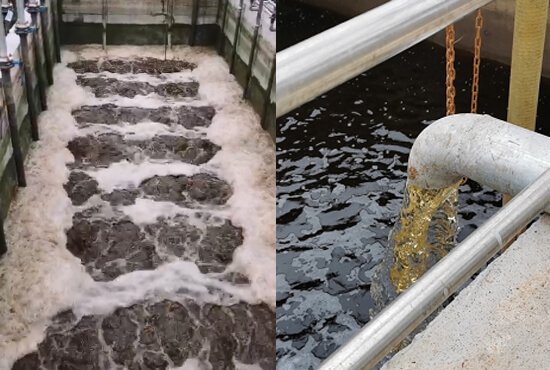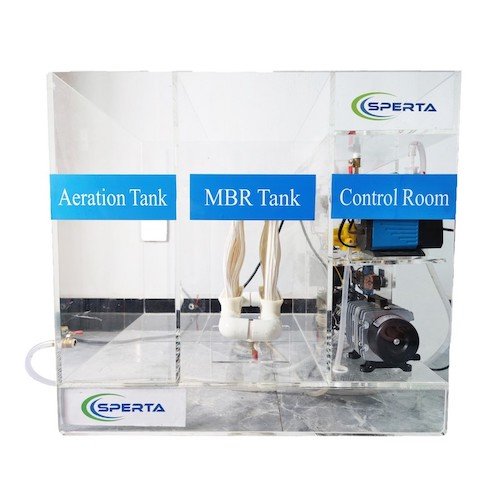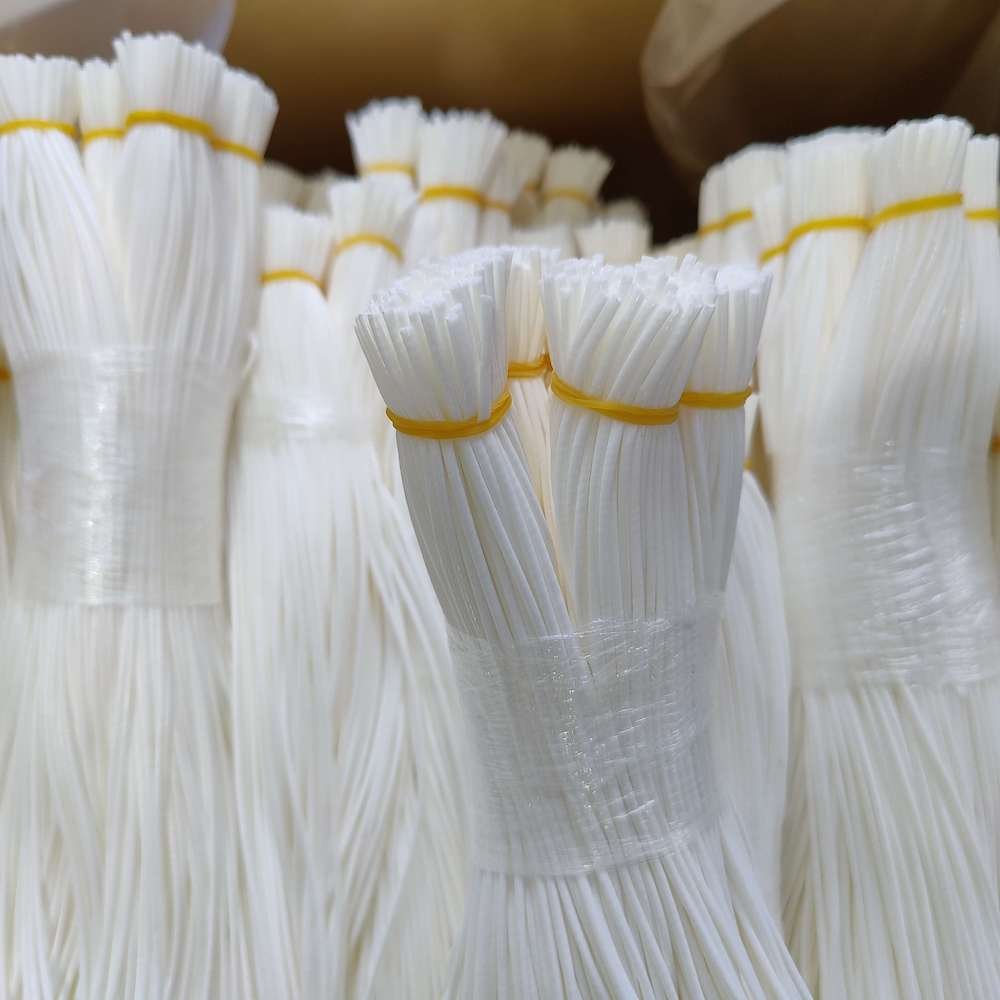Last Updated on July 23, 2022 by Kevin Chen
Animal husbandry wastewater, a high concentration of organic sewage, mainly includes urine, feed residues, residual feces, and flushing water and has a large content of suspended solids and ammonia nitrogen. It also contains many pathogenic microorganisms, which will spread out in the water and thus endanger human and animal health.
“Three High” characteristics are typical seen in livestock wastewater: COD 3000-12000mg/l, ammonia nitrogen 800-2200mg/l, and suspended solids concentration 2000 mg/l. A number of factors also contribute to livestock wastewater characteristics, such as large drainage, high concentration, strong hydraulic impact load, high hardness, high concentration of organic matter, fast hydrolysis and acidification, deep color, and good biodegradability so on.
The below 2 cases provide an overview of the MBR membrane application for the animal husbandry wastewater treatment process, including how it works and its benefits.
Case 1: Animal Husbandry Wastewater Treatment
This project mainly treats pig urine, pig manure, flushing water, and a small amount of The project mainly treats pig urine, pig manure, rinsing water, and a small amount of domestic wastewater in the factory. It is a high concentration of organic wastewater.
Characteristics of sewage treated in this project: The sewage contains a large number of pathogenic microorganisms, which will spread and spread through the water body, endangering the health of humans and animals. The aquaculture sewage has the typical characteristics of “three highs”, that is, the concentration of organic matter is high, COD is as high as 3000-12000mg/l, ammonia nitrogen is as high as 800-2200mg/l, and the suspended solids are dozens of times more than SS, the color is deep. It contains a large number of bacteria. Ammonia nitrogen and organic phosphorus content are high. It has the characteristics of good biodegradability, concentrated flushing and discharge time, and large impact load.

MBR Project Overview
| Location | Anlu City, Hubei Province, China |
| Type of Wastewater | Livestock Wastewater |
| Flow | 700 m³/d |
| Commissioned | Since Oct. 2020 ( SPERTA MBR Membrane ) |
MBR Process Flow Chart

Influent Condition and Effluent Quality
| Index | Influent Condition | Designed Effluent | Actual Effluent |
| CODcr(mg/L) | 6000 | 200 | 105 |
| BOD5(mg/L) | 2400 | 100 | 26.9 |
| Ammonia Nitrogen (mg/L) | 800 | / | 1.85 |
| Total Phosphorus (mg/L) | 200 | / | 7.06 |
| SS(mg/L) | / | 100 | 18.0 |
| Chroma | / | / | 250 |
| pH | 8 | 5.5-8.5 | 7.4 |
| Turbidity (NTU) | / | / | 0.34 |
Case 2: Animal Husbandry Wastewater Treatment
This project mainly deals with pig urine and pig manure produced during the reproduction process of the pig factory.
Characteristics of sewage treated in this project: The pig manure sewage contains a high concentration of organic matter, rich in nitrogen, phosphorus, and pathogens, is easily corrupted, and has a moisture content of over 98%, containing a large amount of pig manure and other suspended solids. It is high-concentration organic wastewater. Since the ratio of BOD5/COD is greater than 0.3, it can reach about 0.6, which is the type of easy biodegradation, and the wastewater has good biodegradability.
MBR Project Overview
| Location | Leizhou City, Guangdong Province, China |
| Type of Wastewater | Livestock Wastewater |
| Flow | 200 m³/d |
| Commissioned | Since 2021 ( SPERTA MBR Membrane ) |
MBR Process Flow Chart

Influent Condition and Effluent Quality
| Index | Influent Condition | Designed Effluent | Actual Effluent |
| CODcr(mg/L) | 8000 | 200 | 185 |
| BOD5(mg/L) | 3200 | 100 | 57.8 |
| Total Phosphorus (mg/L) | 260 | / | 8.03 |
| Ammonia Nitrogen (mg/L) | 1300 | / | 1.75 |
| SS | / | 100 | 21.0 |
| pH | 7.6 | 5.5-8.5 | 7.1 |
| Chroma | / | / | 200 |
| Turbidity (NTU) | / | ≤1 | 0.35 |












